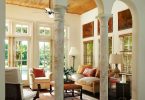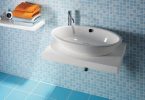The beauty and comfort of any space is not possible without the use of certain conditions for its construction, the so-called compositional laws. They play a decisive role in creating a harmonious environment in any room – residential or public..
Only a few are able to competently apply the laws of composition in the interior – those who have a special flair for color, shape and texture. And yet, such an ability can be developed in oneself if we turn to the basics of the design of space and its construction, as well as understand the need to use compositional techniques..
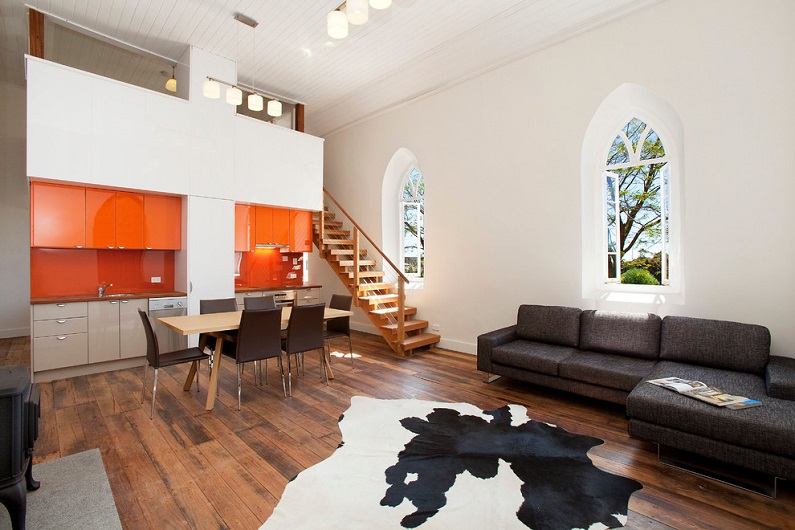
Design basics: interior composition
Composition in the interior is the artistic connection of all elements in a particular space, which should be located in it in a certain order and quantity in order to support the general idea of a harmonious image.
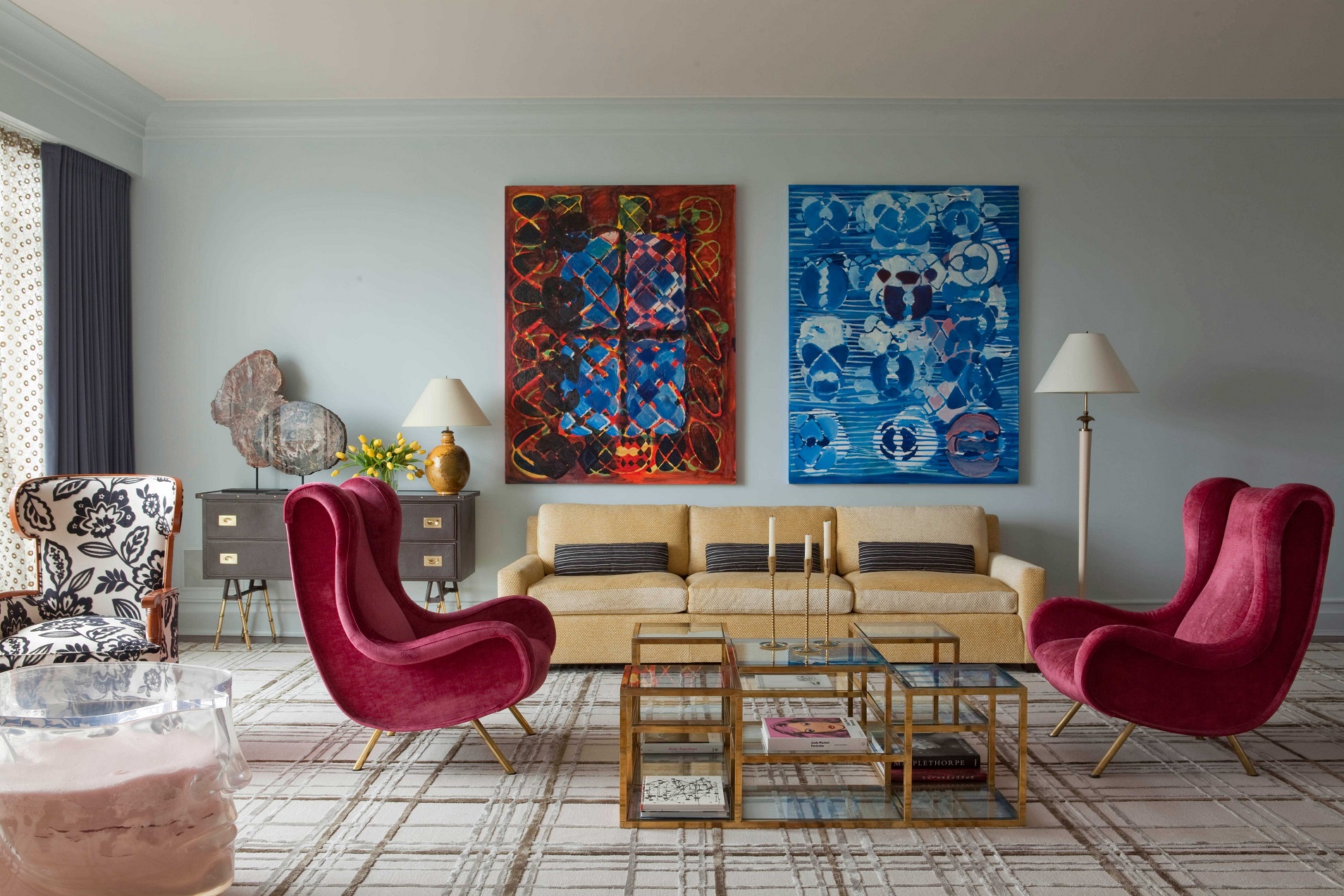
Design basics: interior composition
Compositional basics are not only important, but can be especially useful when you need to decorate a complex room, for example, narrow, too high or with low ceilings..
Basics of composition in interior design
The furnishings of a room, if correctly planned, cannot be chaotic, and all objects and objects, textures and textures used in it must necessarily interact with each other.
Composition center
Getting into the room, your gaze should involuntarily rush to some object that can stand out from the whole environment with an unusual color, large size, shape or relief – this is the compositional center. By sense, you can guess that it is usually located in the middle of the room, which is not at all important, and its wall or corner location is also possible.
Complementary furnishing elements in a successful composition are always evenly located around its center.

Design basics: interior composition
The compositional center of a room can be a bed, a fireplace, a window, a carpet or a decorative partition, which, together with the rest of the interior items, forms a single composition..
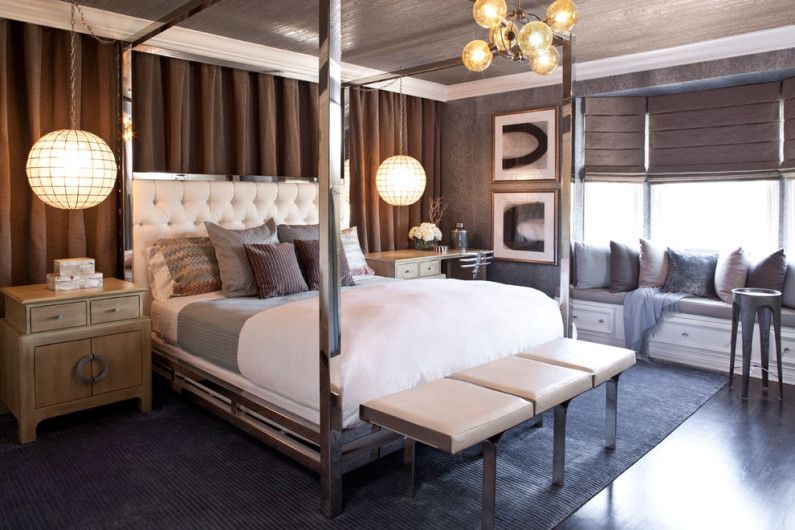
Design basics: interior composition
Equilibrium laws
The filling of the room, or its furnishings, in turn creates the impression of the integrity of the image, its beauty, functionality and visual comfort. Consequently, objects around the compositional center can be located according to the laws of symmetry or assyria..
Symmetry
Distribution of objects of similar size and shape evenly around the compositional center is called symmetrical. The use of a symmetrical composition will not cause particular difficulties, especially in the horizontal plane. That is, if a fireplace is erected in the living room, then objects should be located around it at the same distance, for example: two floor lamps on the sides, two sofas in front of it, two chairs opposite, the same or similar in size and shape.
In the bedroom, near the bed in the center, put the same set on both sides of it, consisting of a bedside table, lamp, mirror, and add a mini-sofa, a bench, a chest to the foot of the bed. The symmetry of the composition will be complemented, for example, by a pair of shelves (dressers, armchairs) installed opposite the bed, at the same distance from each other.
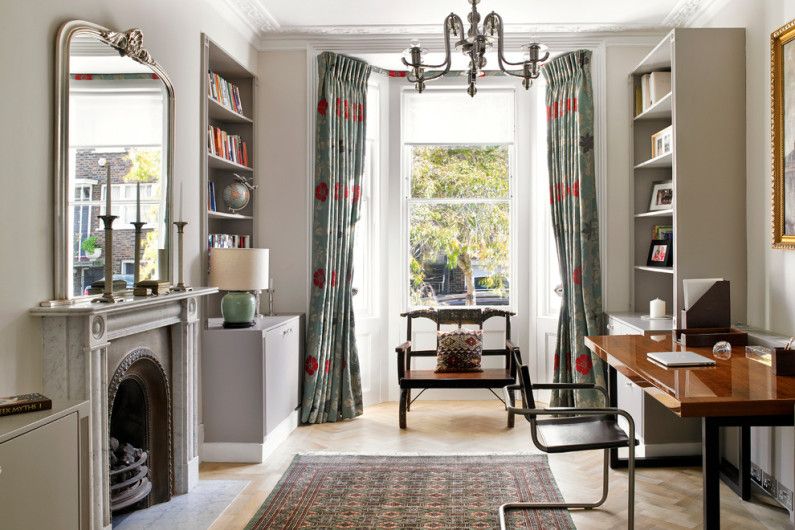
Design basics: interior composition
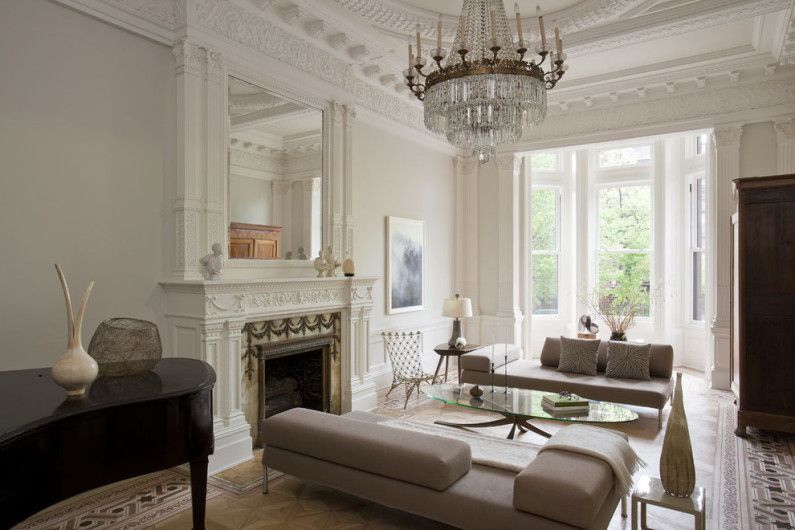
Design basics: interior composition
Vertical symmetry is about balancing the top and bottom of the room visually. For example, if the room is tall and the furniture is massive, you can hang a large chandelier, and «weigh down» the ceiling with stucco molding, while the walls should not be empty – they should be decorated with decor at eye level, then the vertical composition will be preserved.
Asymmetry
It cannot be called the antipode of a symmetrical arrangement, but rather another, interesting technique for creating a composition. Asymmetry, too, is not disharmony, as it seems to some, but a complex and ambiguous way of decorating space. Nevertheless, for her, as well as for symmetry, the balance of the visual load of objects in the interior setting is important..
For example, when the main items are installed on 2/3 of the area of the room, the third part of it should not remain empty. Here, in contrast, you can place one, but catchy, and rather large object (cabinet, mirror, table, panel).

Design basics: interior composition
Elements of harmony
A successful compositional solution of the interior presupposes the harmonious combination of all objects through the selection of colors, shapes and textures. With their help, the environment becomes balanced and aesthetic..
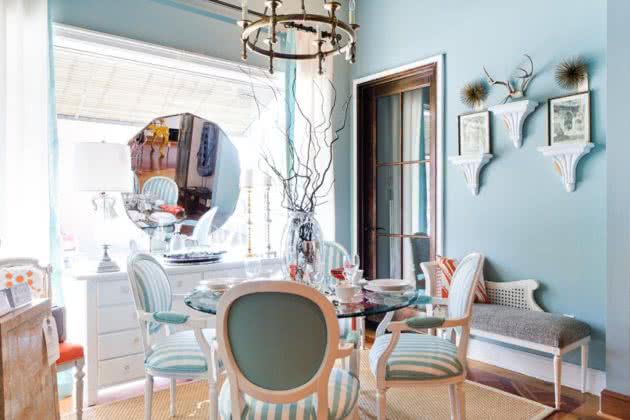
Design basics: interior composition
Nuances in interior composition
They are also called accents, thanks to which the room becomes livelier, the objects are textured, and a visual spatial volume appears..
The most eloquent nuances are manifested in textures opposed to each other:
Mirror against the background of a matte wall. Smooth sofa upholstery combined with a fur cover. Pattern on a plain background. Using a more saturated color in a small amount.
It should be remembered that the nuance, in fact, should be used carefully, only in a couple of objects – brute force is extremely undesirable.
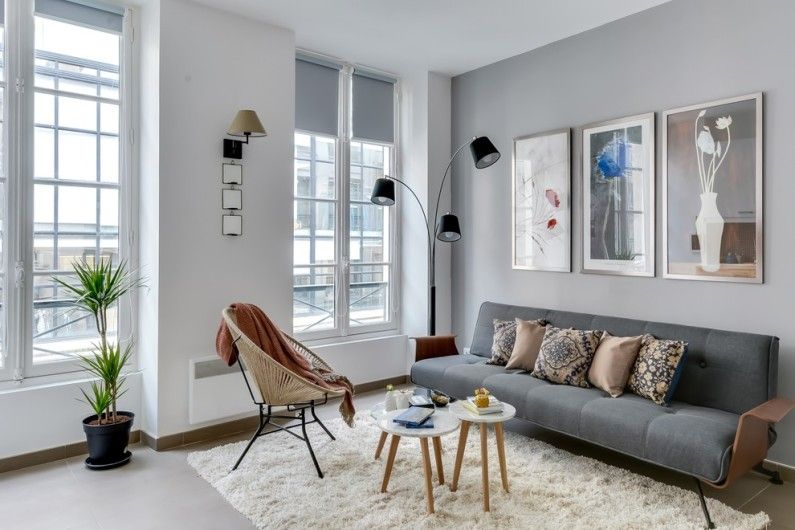
Design basics: interior composition
Contrast
A clear and distinct difference in textures and colors is often used when building a harmonious composition. So, patterned fabrics can be combined with monochromatic fabrics, rough wall decoration – with smooth facades, and the abundance of decorative elements on the one hand – be opposed to minimalism on the other.
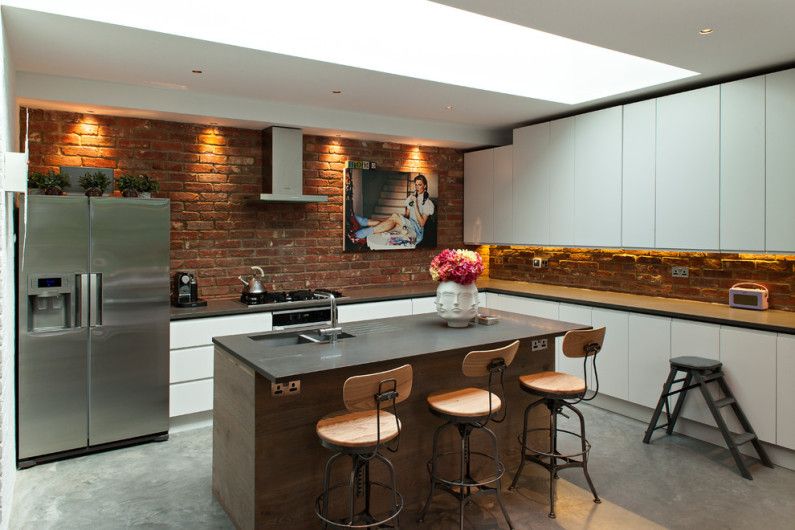
Design basics: interior composition
Similar elements
The third method of harmonious construction of the composition is based on the use of objects of the same type, similar in texture, shape and color..
So, it can be based on a square, rectangle or circle, and all objects that fill the space – strive for its shape, smoothly moving from one shade of one color to another.

Design basics: interior composition
Without neglecting the basic rules for creating a composition, it is possible to build more than the average residential interior. Therefore, we are full of hope that this text will be useful to you in future achievements and will help you to prioritize. Good luck!





